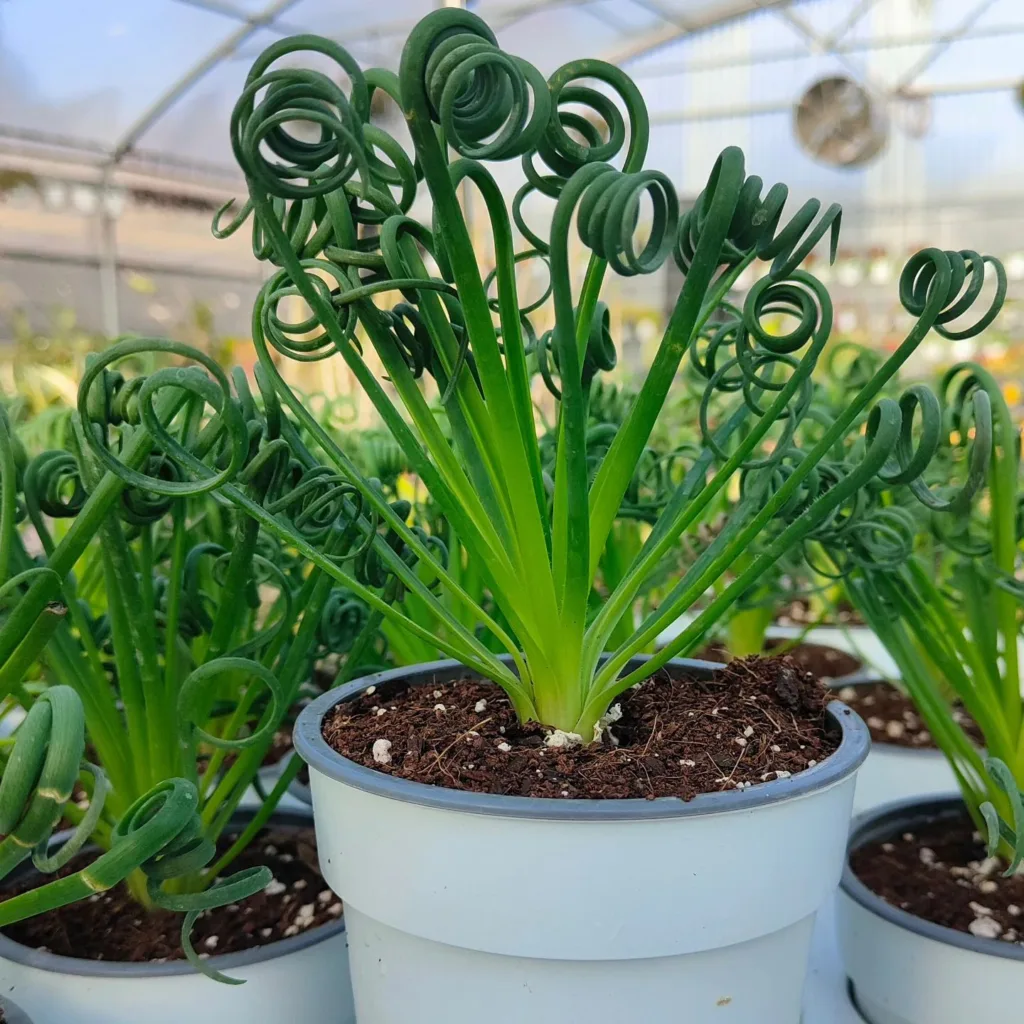Sarracenia Judith Hindle: A Carnivorous Beauty
I’ve always been fascinated by the world of carnivorous plants, and my journey into this captivating realm led me to the enchanting Sarracenia Judith Hindle. This hybrid plant, with its strikingly beautiful pitchers and unique characteristics, quickly became a favorite in my collection. If you’re considering adding this plant to your home or garden, let’s delve into some common questions and care tips that might help you.
32 Species in Genus Sarracenia
What is Sarracenia Judith Hindle?
Sarracenia Judith Hindle is a hybrid pitcher plant, a result of crossing Sarracenia (Leucophylla x Flava) with Sarracenia (Leucophylla x Purpurea). This mix gives Judith Hindle its stunning appearance, featuring pitchers that can range from vibrant greens to deep reds, often adorned with intricate veining and speckles. The pitchers are not just for show—they’re the plant’s method of trapping and digesting insects, which provide essential nutrients for growth.
Can Sarracenia Judith Hindle Live Indoors?
Yes, Sarracenia Judith Hindle can live indoors, but there are specific conditions that need to be met. These plants thrive in bright, indirect light and high humidity. A sunny windowsill or a well-lit room with plenty of natural light can be an ideal spot. However, keep in mind that the plant will still require a dormancy period during the winter months, which can be a bit challenging to replicate indoors. Maintaining the right humidity levels is crucial, and using a humidifier or placing the plant on a humidity tray can help.
How to Care for Sarracenia Judith Hindle?
Caring for Sarracenia Judith Hindle requires attention to its specific needs:
- Light: Provide bright, indirect sunlight. Outdoors, they enjoy full sun, but indoors, a south-facing window works well.
- Water: Use distilled or rainwater, as tap water can harm the plant. Keep the soil moist but not waterlogged.
- Soil: A mix of sphagnum moss and perlite is ideal. Avoid using regular potting soil as it can be too rich in nutrients.
- Humidity: Maintain high humidity, around 50-70%. This can be achieved with a humidifier or humidity trays.
- Feeding: These plants catch their own food, so avoid fertilizing. If insects are scarce, you can occasionally feed them small insects like ants or flies.
- Dormancy: During winter, allow the plant to enter dormancy by reducing watering and providing cooler temperatures (around 35-50°F).
How to Propagate Sarracenia Judith Hindle?
Propagation can be done through division or seed:
- Division: The easiest method. Divide the rhizome during the plant’s dormancy period. Ensure each division has at least one growth point.
- Seeds: More challenging but rewarding. Harvest seeds from mature plants, stratify them by placing them in the fridge for about 4-6 weeks, then sow on a sphagnum moss mix.
What to Plant with Sarracenia Judith Hindle?
When considering companion plants for Sarracenia Judith Hindle, it’s essential to choose those that thrive in similar conditions:
- Other Carnivorous Plants: Venus flytraps, sundews, and other Sarracenia species make excellent companions.
- Bog Plants: Plants like bog beans and certain types of sedges can thrive alongside Sarracenia in a well-maintained bog garden.
Why Choose Sarracenia Judith Hindle?
Sarracenia Judith Hindle stands out not just for its beauty but also for its intriguing nature. Watching the plant develop its pitchers and capture prey is a fascinating process. This plant can be a conversation starter and a centerpiece in any plant collection. Its hybrid vigor often makes it more robust and easier to care for compared to some other carnivorous plants.
Final Thoughts
Bringing a Sarracenia Judith Hindle into your home or garden can be a rewarding experience. Its stunning appearance and carnivorous nature offer both aesthetic appeal and an educational journey into the world of plant adaptations. With the right care, this captivating plant can thrive and bring a touch of the exotic to your green space. If you’re ready to dive into the fascinating world of carnivorous plants, Sarracenia Judith Hindle is a great place to start.
If i die, water my plants!



